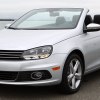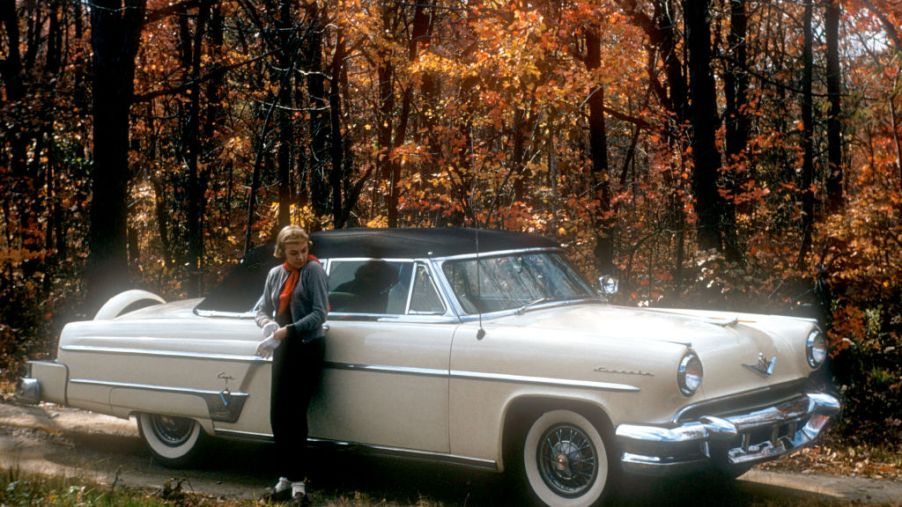
The Capri Was A Ford, a Lincoln, and a Mercury
In the automotive world, if you mention the name Capri, you will be surprised at the disparity of what people remember. Older people will remember it as a Lincoln. Others will remember a European road racing car. Still, others will remember a Fox bodied sister car to the Ford Mustang. The last group will remember an Australian inspired convertible to take on the MX-5 Miata, but with four seats. So, why the disparity?
The truth is, the Capri name has been used by the Ford Motor Company for all of the above.
Lincoln Capri
In the Lincolns of the 1950s, Capri was a premium trim level used for the Lincoln Cosmopolitan. So, the name was used to signify an upgrade over the base model. But in 1952, the Capri became a full-fledged model, standing on its own. Production of the Lincoln Capri would run through 1959.
One of the Lincolns was recently reviewed by Richard Lentinello, from Hemmings.com. He writes:
“when we compare the 1955 Lincoln Capri today to the ’55 Buicks, Chevys, Cadillacs, Chryslers, Dodges, Mercurys, Oldsmobiles and Studebakers, the Capri seems to be just as stylish, just as classy, just as modern (although the Pontiacs, with their dated chrome hood bands, were certainly the stodgiest of them all).”
Mercury Comet Capri
In 1966 the Capri trim level would be used in the Mercury Comet model line. It was the base level trim. It did not last long as a trim level, though. The Capri was only used for one more year on the Comet.
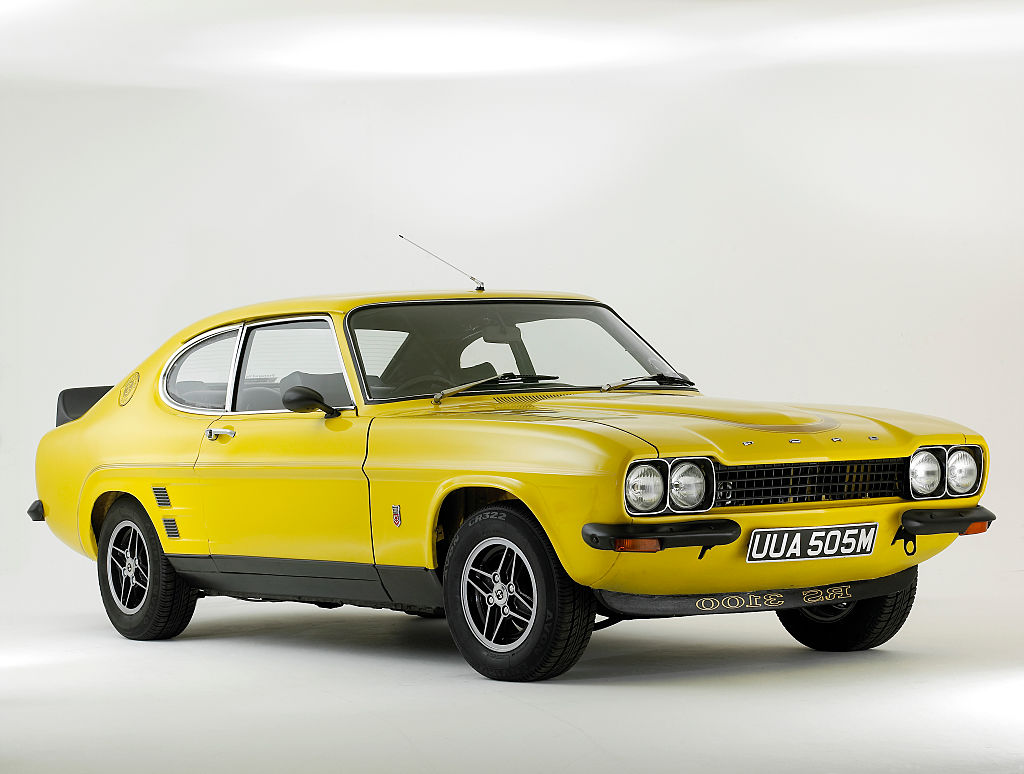
Ford Capri
In 1968, Ford or Europe went ahead and made the Capri a stand-alone model. The Capri nameplate was affixed to newly designed, sporty 2+2 coupe that it assembled in Cologne, Germany. In essence, it was the European Pony Car, since the Ford Mustang was not available overseas. It would be the Ford Capri through 1969, offered with four and six-cylinder engines.
Mercury Capri
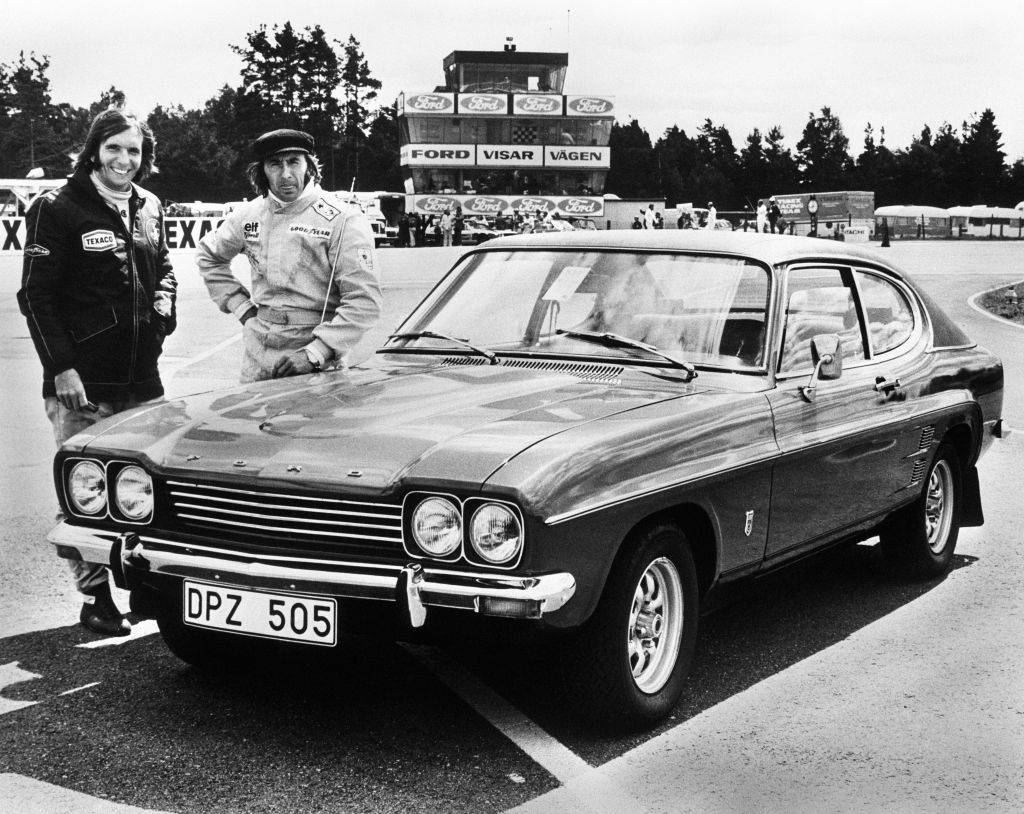
In 1970, in the United States, Ford adopted sales of the Capri into the Mercury brand. So, the Capri would continue to be sold overseas as the Ford Capri, but in the United States as part of the Mercury portfolio. Aside from minor changes to conform with safety standards in the United States, the Capri was still ostensibly the same vehicle for both sides of the Atlantic, and still came from the factory in Cologne. But, in 1978, Mercury Capri’s would cease to be imported from Germany.
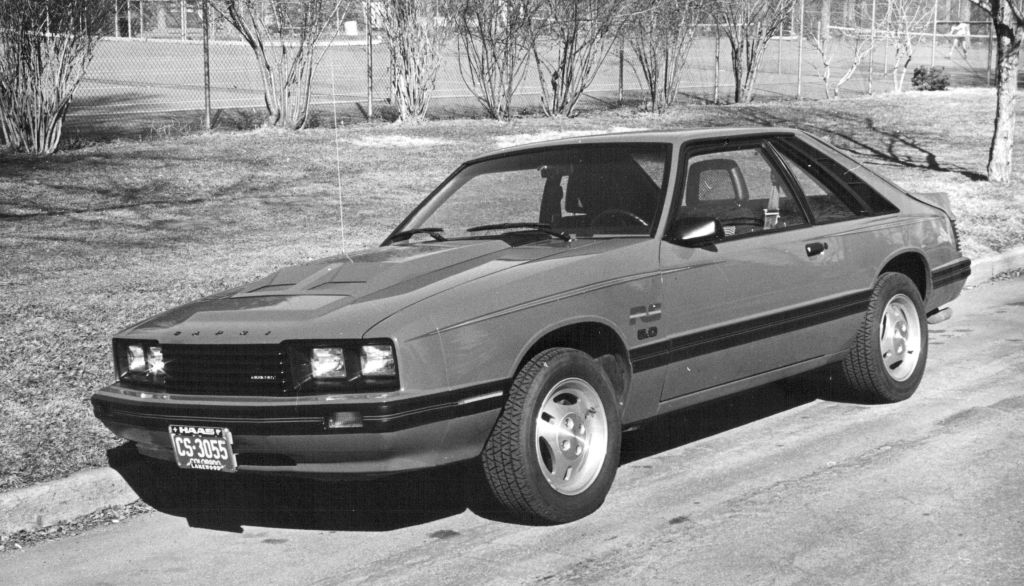
In the United States, for the 1979 model year, the Mercury Capri would become a rebadged Ford Mustang built off the Fox platform. This allowed the Capri to upgrade to its first V8 engine, and gain savings for Ford Motor Company from sharing platform production costs with its stablemate, the Mustang. Production would run through 1986.
During that same stretch of time, 1979-1986, the European Capri would continue to be produced. It would have no connection to the American Capri. Instead, it would continue to receive updates overseas and become popular in racing before finally ceasing.
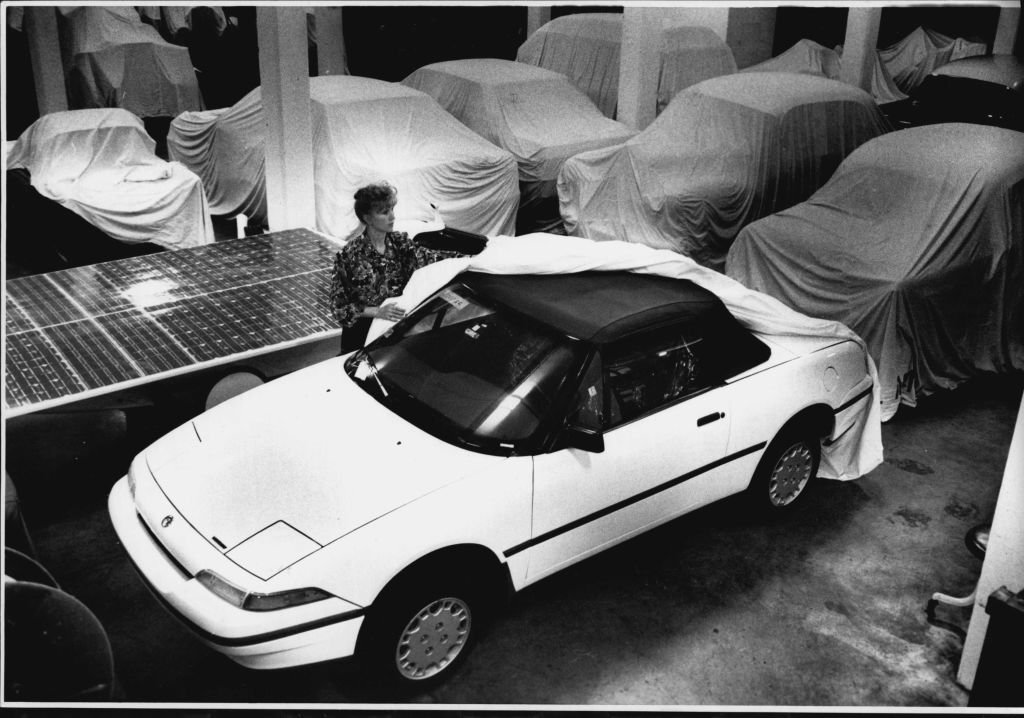
The Capri nameplate would return in the United States under the Mercury brand in 1991. At the time, Ford and Mazda had a partnership that permitted Ford of Australia to build the Capri. It was based on a Mazda 323 chassis, built in Australia, and shipped to the United States as a Mercury as a 2+2, small, economical, convertible. It was quite a departure from its previous pony car image. Some would call it a four-seat answer to the Mazda MX-5 Miata, albeit as a front-wheel-drive vehicle. However, sales would not come near the Miata’s and a labor strike in Ford’s Australia plant would put a damper on the flow of completed vehicles. Capri sales would end with the 1994 model year.
Capri: A Catch-All Name
Capri is a name that has been used by Ford Motor Company in varied capacities over the years. From trim-levels to stand-alone models, the name has popped in and out of production for decades. Ford’s affinity for the name and willingness to use it on things that don’t relate to each other only mean that the consumer should not be surprised to see the name come back. Maybe it will be a sporty car, and maybe it will be a trim level on an SUV. Only Ford knows.


